We all know that feeling – you have a brilliant idea for an image, can ‘see’ it coming together, and then watch in misery as it all falls apart when you try to make it real. This was a common occurrence in the early part of my career as technical and artistic abilities could not match the level of excitement I felt for a given a project. I wanted to make a masterpiece, but would fail more times than not. Back then I thought this was typical of being an artist; producing two or three failures on the path to creating one worthy work of art.
Many times what I chalked up to as artistic and technical inexperience should have been placed in the category of insufficient planning. I would bring my sketches up to a certain level, making sure they were heading in the right general direction, and then launch into the next stage of development before fully working out all issues. Both artistic arrogance and deadlines made me feel confident that I could pull it all together ‘later’ in the final stages of the work. But what often occurred was that a shoddy foundation left incomplete in the early phases of image development undermined later decisions, leading to a cascading collapse of the unity and success of the art.
I am wiser now (actually just more experienced!) I am willing to spend much more time up front in the early developments of a work to guarantee a higher rate of success and quality in the work overall. I owe it all to planning; taking the time to research my subject, gather images to look at from life studies, find the right references, and acquire the right lighting, costumes and actors to bring life to the concept as much as possible before I get to paint.
It sounds like I may be more of a photographer or stage director than a painter, but I believe if you can step closer to the the thing you wish to paint, then the more clearly you will see it. Observations from life will dance with your artist vision and produce a more complete and complex visual language.
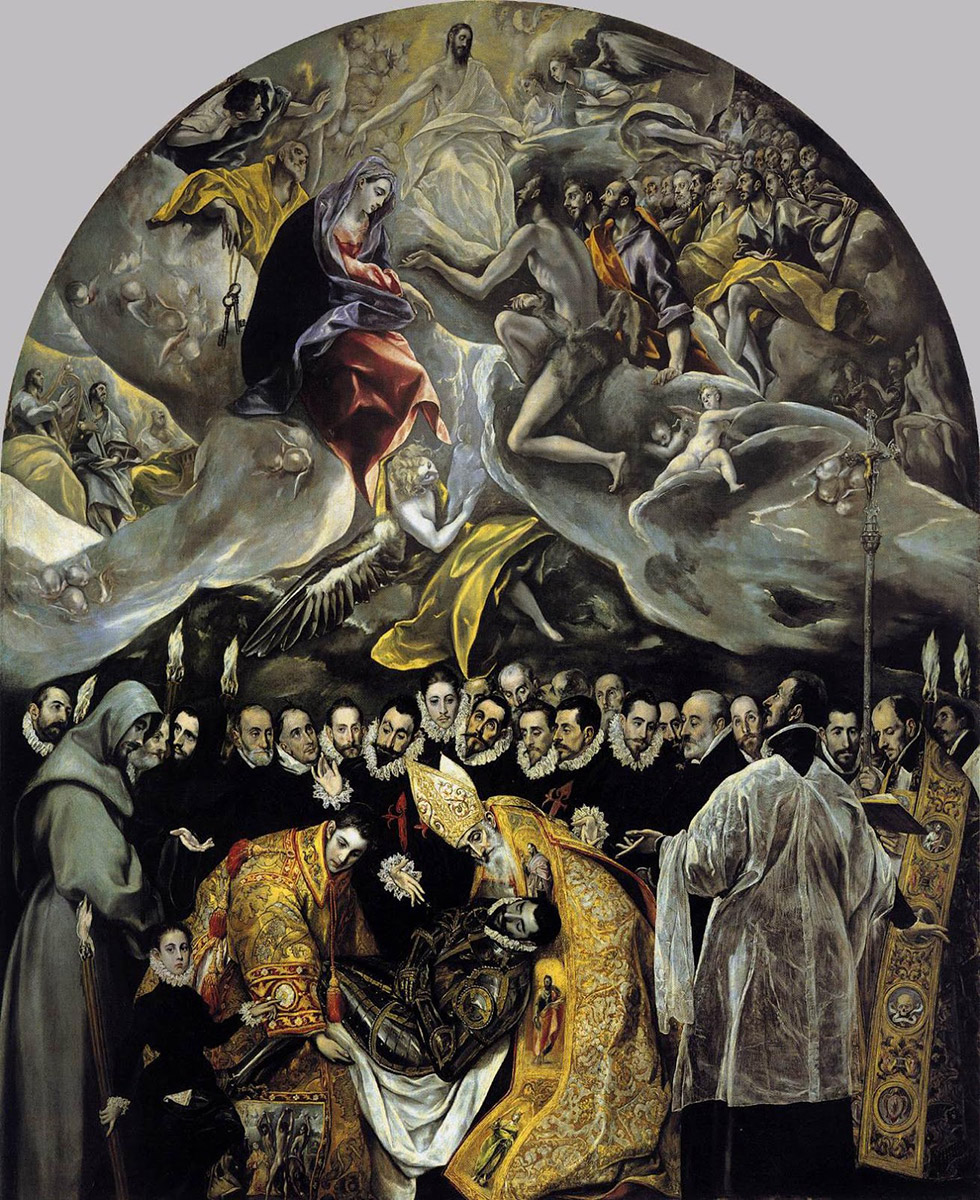 |
| El Greco The Burial of Count Orgaz |
Some of the most brilliant paintings from history are those images which are closely inspired by life. My favorite works from El Greco are those which balance his quirky style with that of a restraint brought on by painting what was real, not totally imagined. The Burial of Count Orgaz is one these which embodies these principles for me. The lower figure group is stunning, a master piece, while the idealized forms of the kneeling man and Christ in the upper section lack emotional and conceptual weight betraying their source as too much from the mind, not enough from nature.
A similar assessment may be said of J.W. Waterhouse’s paintings where his mid-career work delved deep into observations from life and surpassed in quality the body of his late career works where it was obvious that he began to over idealize his figures and the environmental situations within which they appeared.
Of course it is easy to level criticisms at others work. But rather than just criticize, I attempt to learn from these examples and adjust my own approaches to creating art accordingly. So much of the artistic field I have been apart of is grounded in imaginary creations, from worlds unseen, creatures from beyond, and cities of dreams which have allowed the artist a very broad license to interpret what these places and things may look like. There is so much to make up, that you cannot fault an artist for taking short cuts. Yet for me, the closer these worlds press to our own, the more powerful and compelling I find their creations.
Over the years I have reined in my renderings of the fantastic and attempted to distill my art to express the emotional weight of the human moment more than any other aspect. One of the most important issues I have embraced to further these ideas is to spend more time preparing for the final rendering. My preliminary drawings are more concise. My modeling sessions are more thoughtful and planned. And most importantly I am more emotionally connected to my imagery than ever before.
Below, I share with you the process of a recent book cover commission for Tor Books which hits home for me on these issues. Here we have the trials of legionnaires in combat, battling an approaching horde of horse-headed mythological creatures. Rather than honing in on the fantastic designs of the monsters, I preferred to concentrate my emotional focus upon the desperation of soldiers in conflict, struggling for their very lives against creatures from their nighmares -a viewpoint I think my viewers can more readily relate to as we have all battled our own demons in our dreams – catching glimpses of them out of the corner of our eye yet never see them fully formed…nor wanting to.
My thoughts on lighting, staging of the moment and acquisition of references are all focused upon bringing us to the edge of the nightmare, but not going too far into it.
Enjoy the progression of the painting as it unfolds!
cover for Monsters of the Earth by David Drake
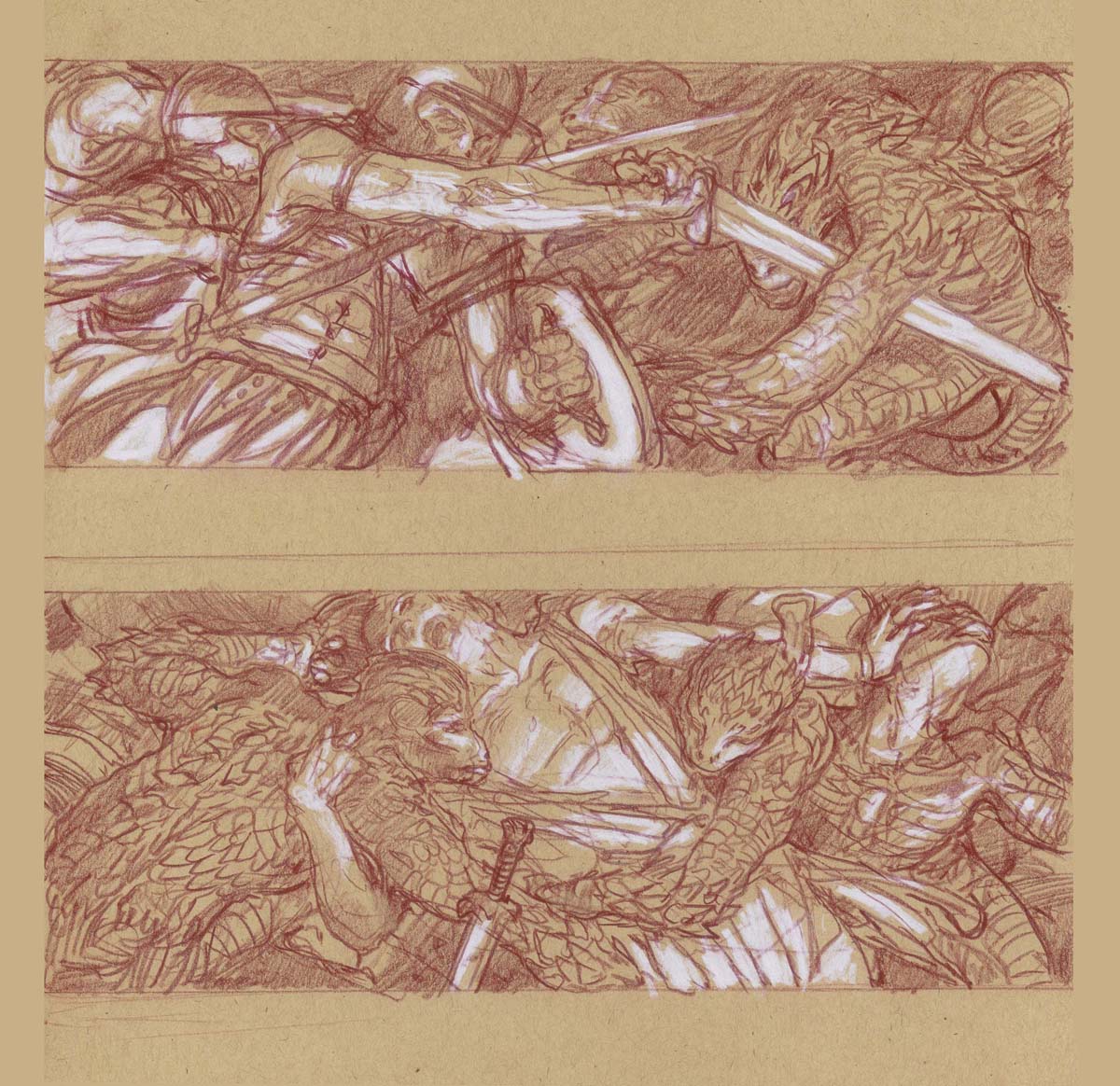 |
| Rough studies 8″ x 8″ |
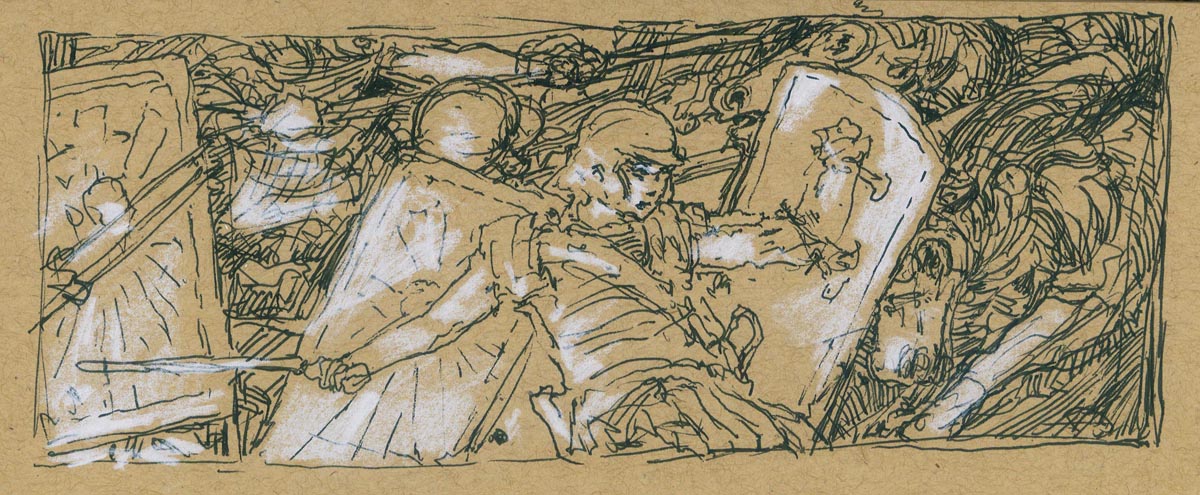 |
| Rough study 8″ x 2″ |
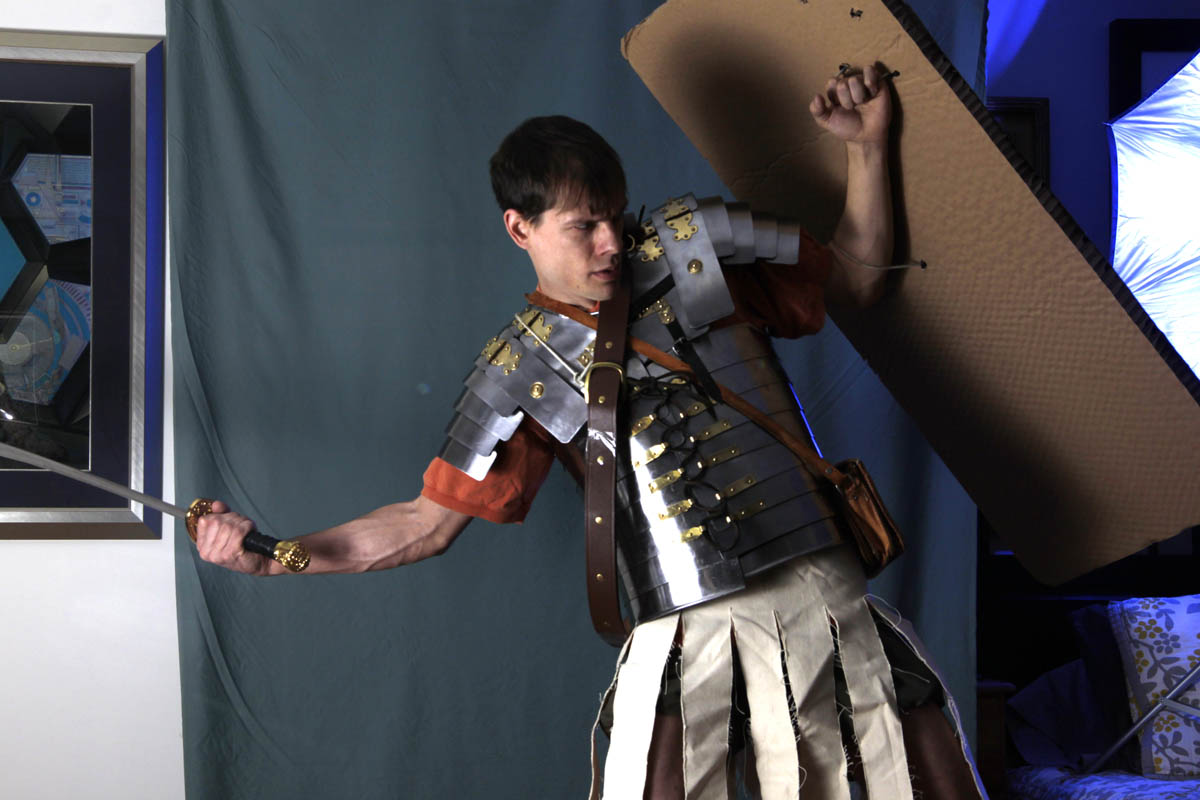 |
| photographic reference |
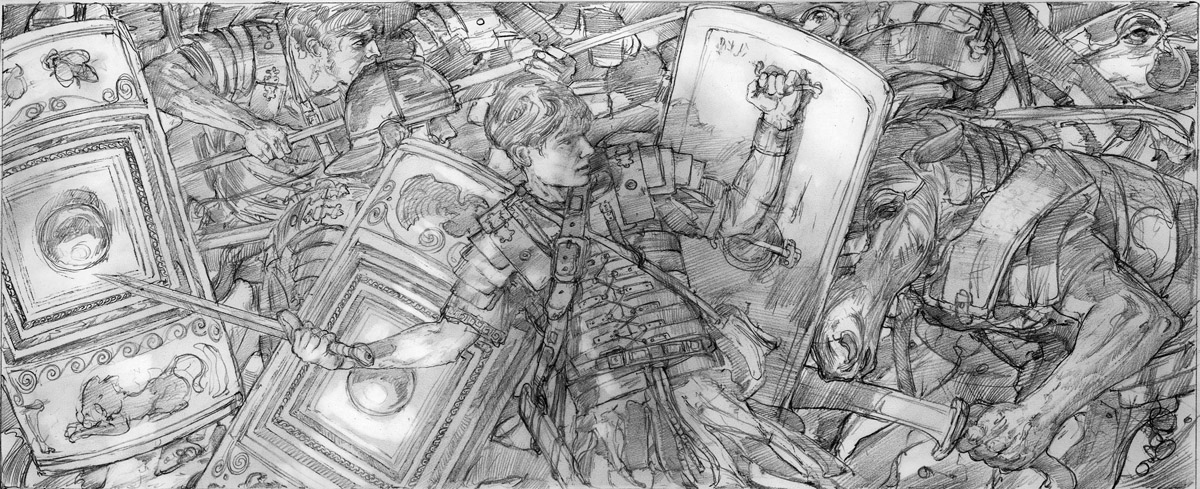 |
| preliminary drawing 25″ x 10″ |
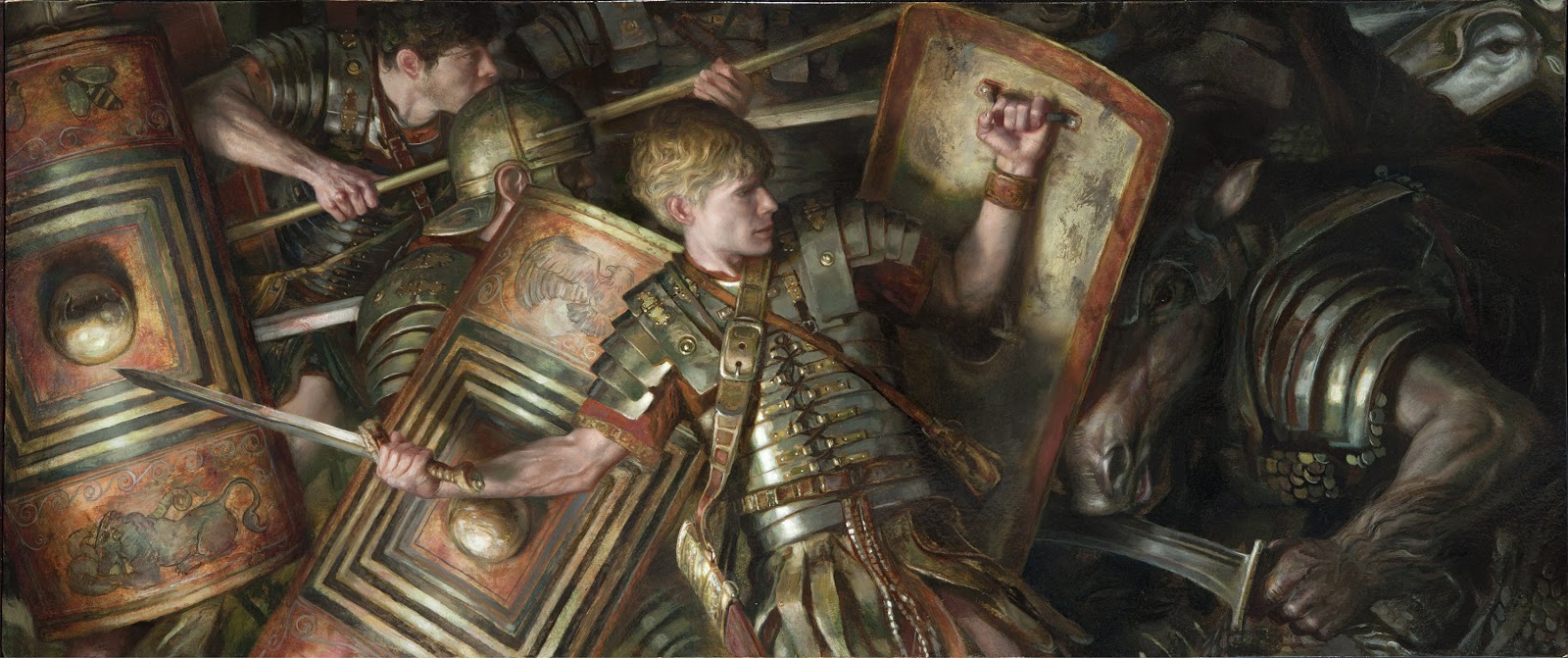 |
| Roman Legionnaires 48″ x 24″ Oil on Panel |


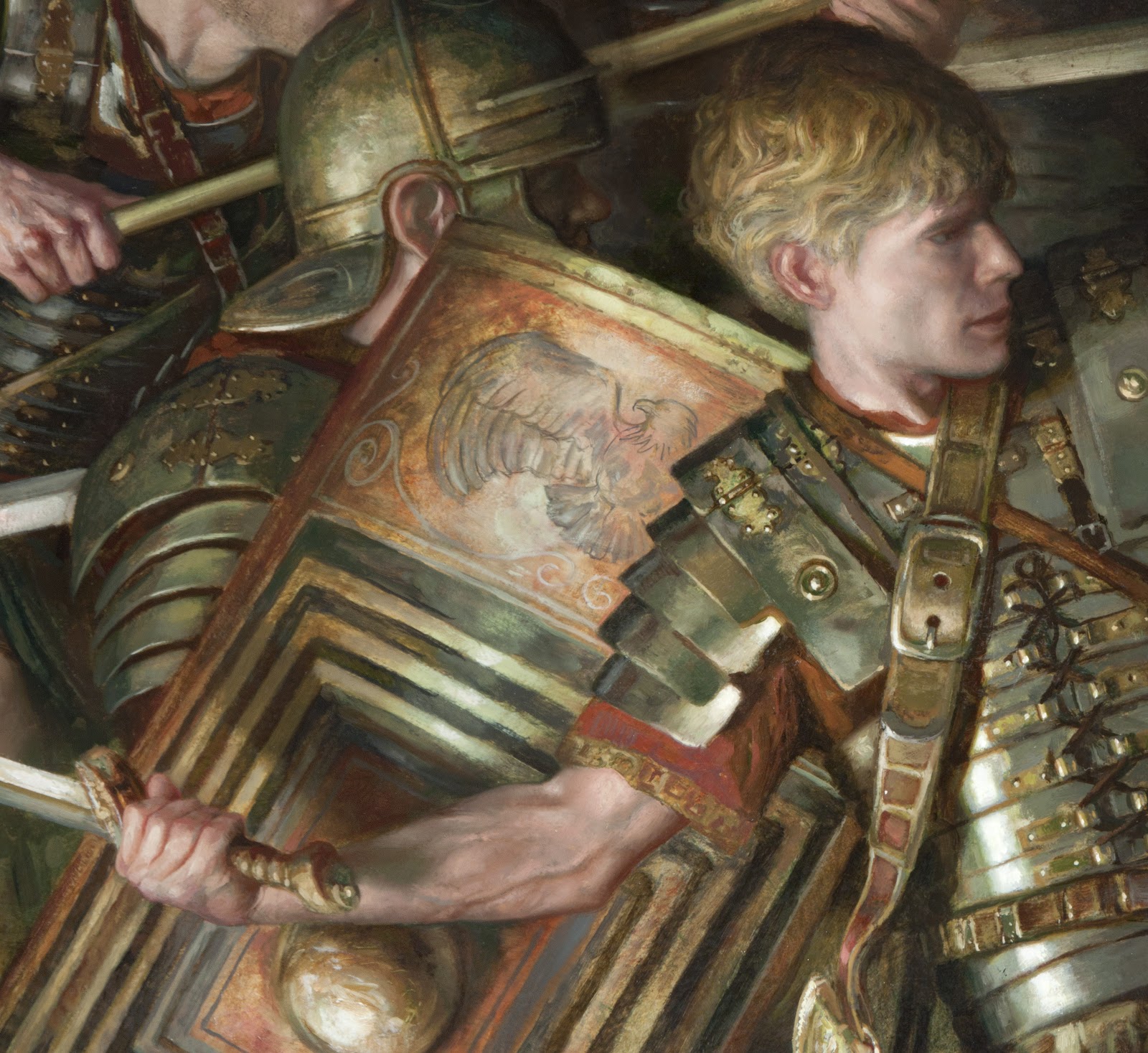
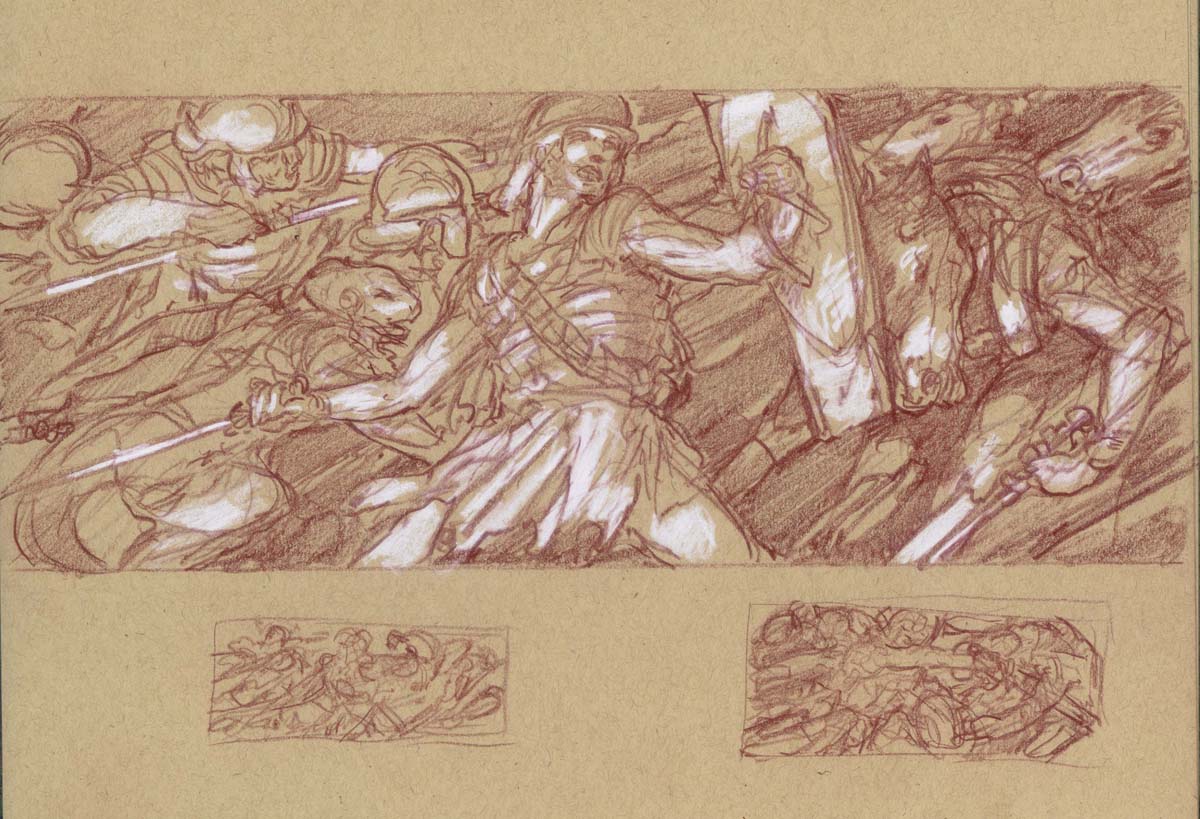
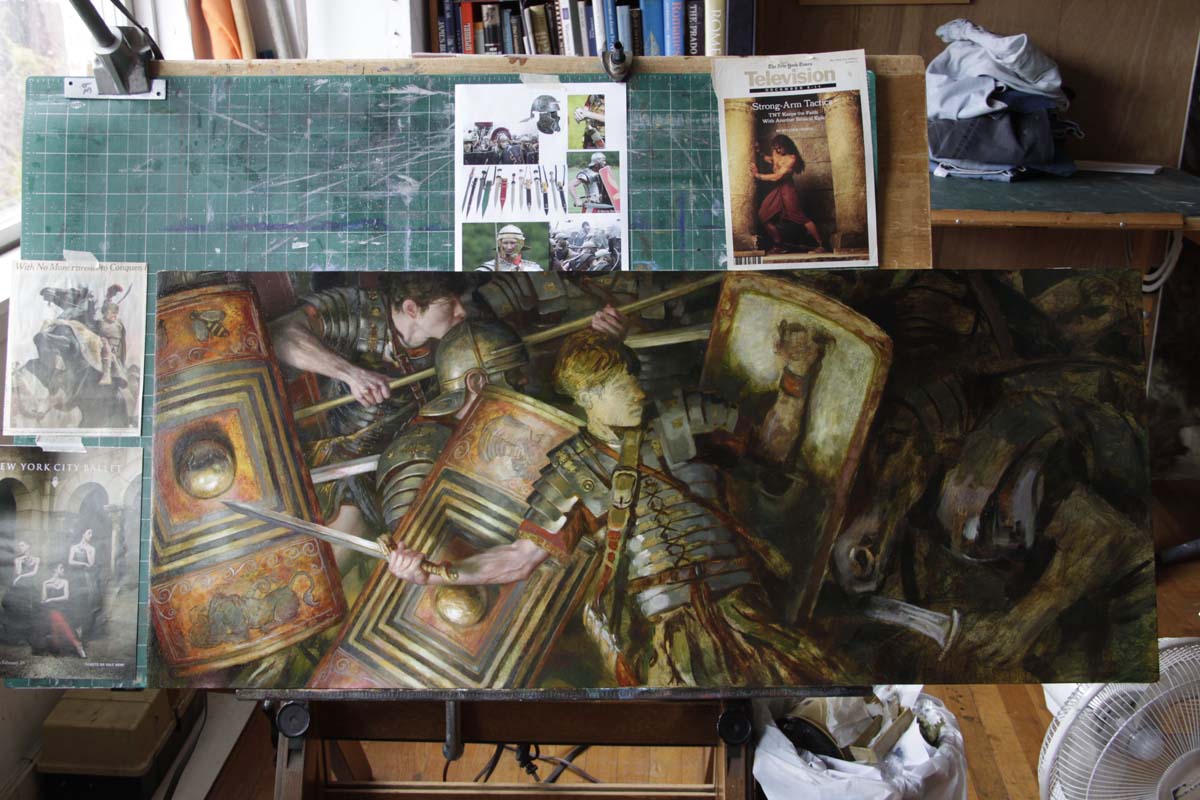
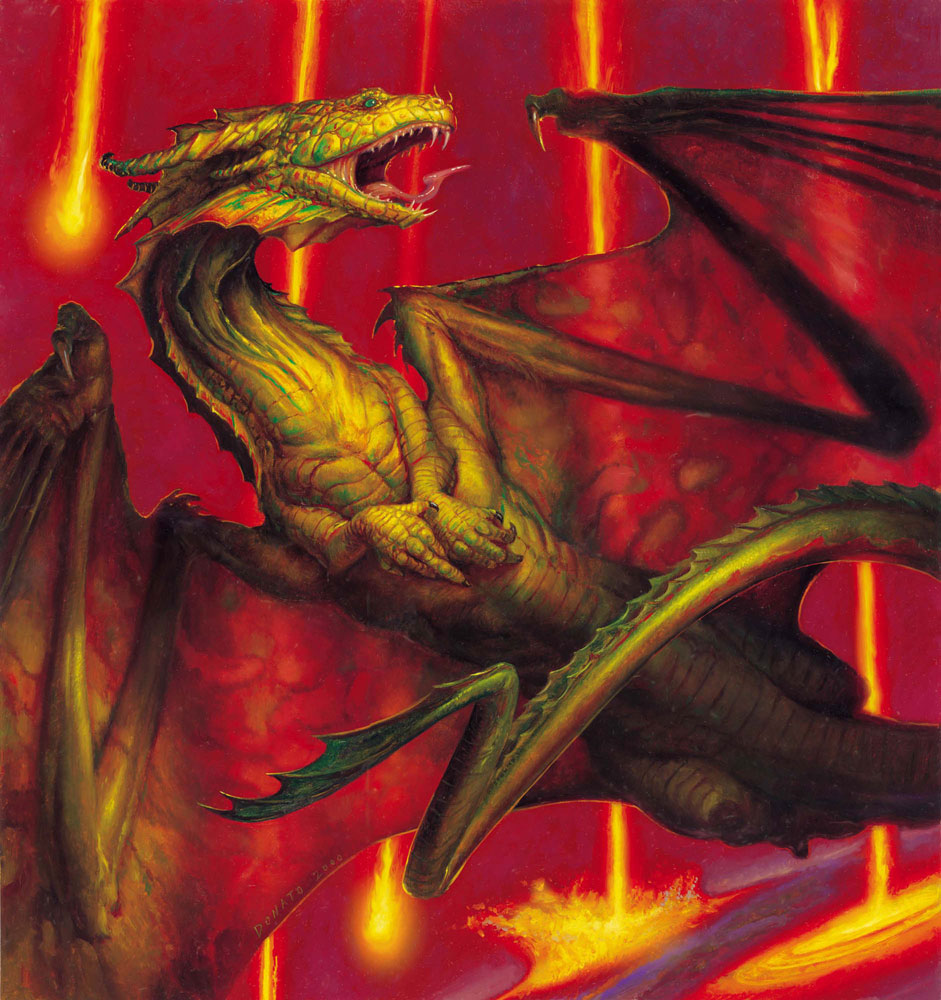
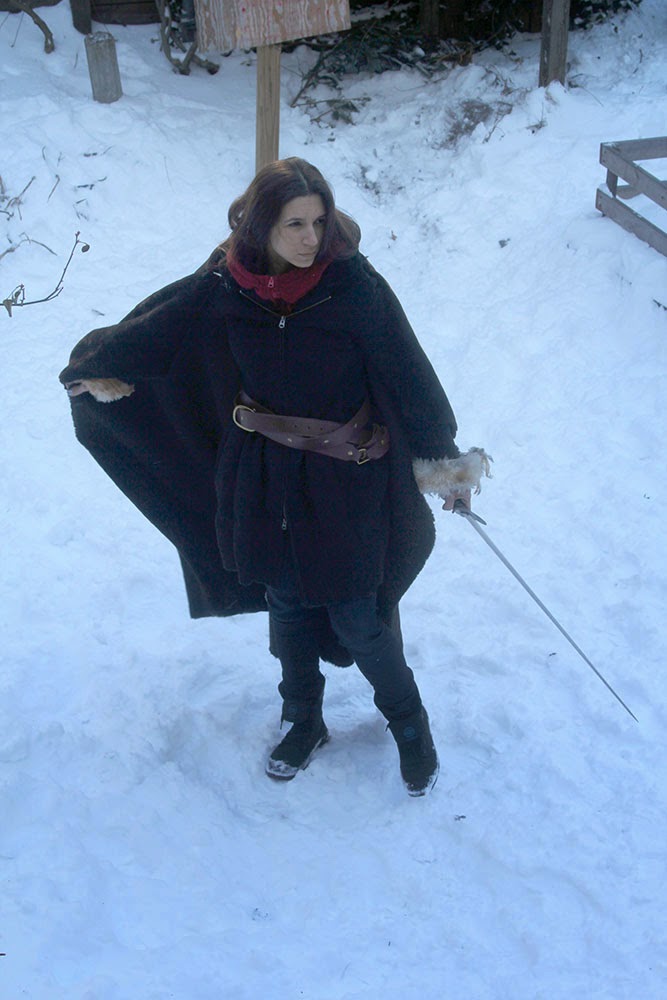
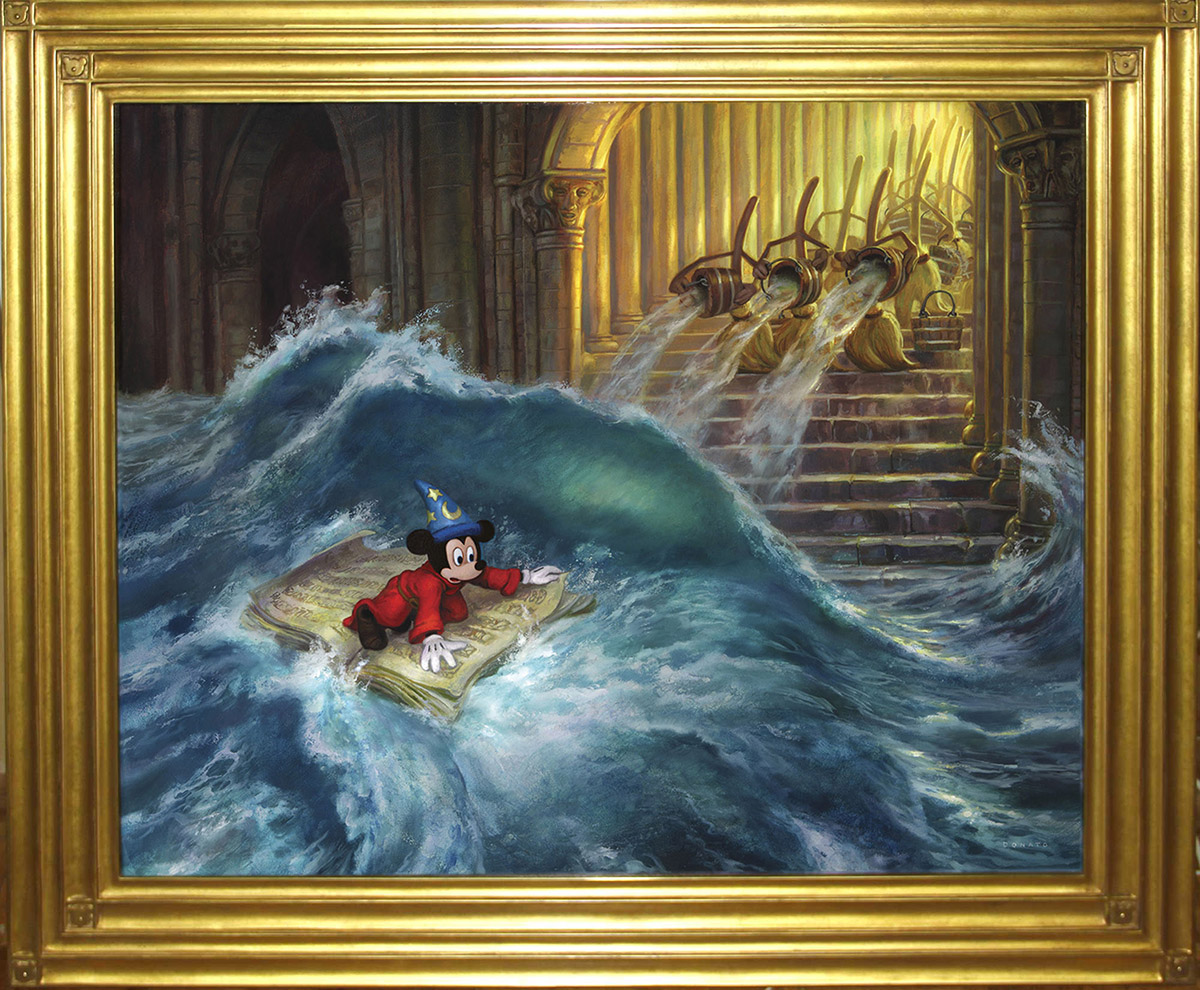
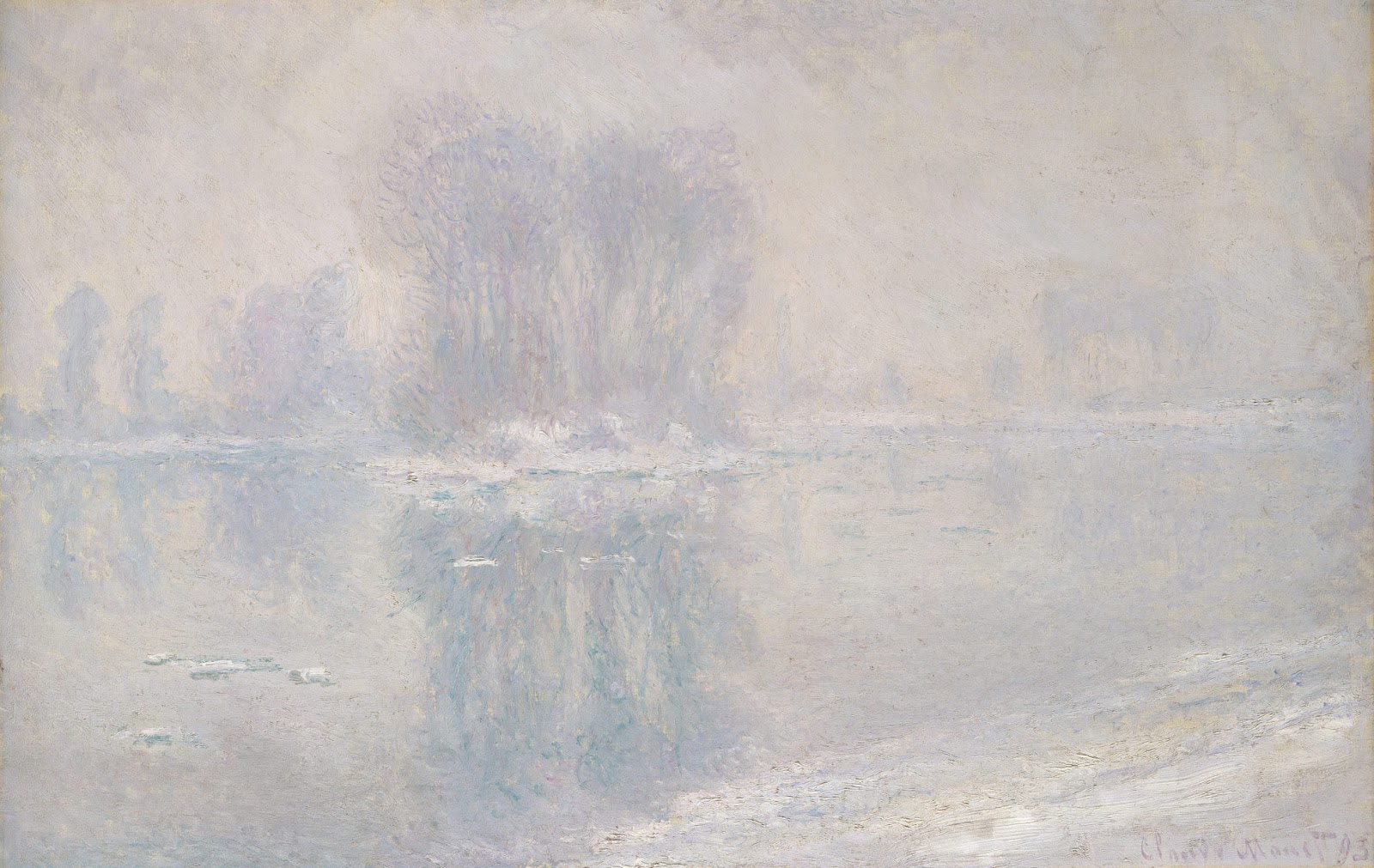
I started to learn this lesson last year while trying to flesh out concepts that I found interesting. While I am still not as technically skilled as I would like to be, the rate of successful illustrations I produce has greatly increased.
My content with working “intuitively” without a plan was reinforced by the inevitable but rare occurrence of producing a good product here and there. I just thought I needed to get technically better to achieve more consistent results, but like you said, a lot of the problem was a lack of planning and patience.
Thanks for posting.
Oh, man, Donato, this one spoke to me. This is one of my greatest weaknesses, pulling believability into my ideas. I put it down to lack of vision or talent, but it may instead just be lack of prep. I know how thoroughly N. C. Wyeth, Pyle, and Rockwell, et al, did their research. I will work on this. Thank you! Merry Christmas!
Hm… That cover definitely makes me want to buy the book! It also reminds me a lot of Trajan's column, and I first thought you'd used that for a reference 🙂
Very interesting to see the work-in-progress shots. Thank you for sharing that.
The 1st few paragraphs seem taken from my daily work struggle…so amazing.
About your work, interesting how you turned the typical war clash into a much more emotional and even serene moment, beautiful! Also lovely composition, the breaking of the shield shapes, the eye..ahhhh…drools.. Thanks!
Donato, I love how you use makeshift items like the cardboard shield to give you the basic mass and shadow patterns when it is not realistic to acquire the actual props. I find this useful as well when you can't really get your hands on the object, but you can find photos to fill in the details. Brilliant post.
Donato, Thanks for this post. I am guilty of not giving enough time to preparation, although, thanks to your demo at IMC, I am taking much better reference shots. Approximately, how much time, start to finish, do you give to the whole process? And, is this generally the amount of time a Publishing Company like Tor, allows its artists?
It's interesting though that for some of your work, even with all of your planning, you sometimes allow the work to evolve organically and not adhere to the rigidity of a very tight drawing… such as the Joan of Arc painting from your tutorial DVD. Maybe it's because it's either deadline driven, or the fact that it's a personal work and not a commercial commission. Great painting btw!
I have always enjoyed the preparation process. It's like getting into the mood, the story, the characters, their details. Whenever I'm in a tight deadline and have to skip any of the steps it makes me struggle in the end. At the same time discovering those small twists that only happen in the final image is a lot of fun too. Thanks so much for sharing Donato!
Thanks. As someone who knows nothing about art, I just assumed that intuition was the way it was done. I should have realised this was just my laziness showing.
I'm so impressed. The time & thought really shows through.
Wishing you'd done Robert Jordan's covers. The artist didn't get it, asst all.